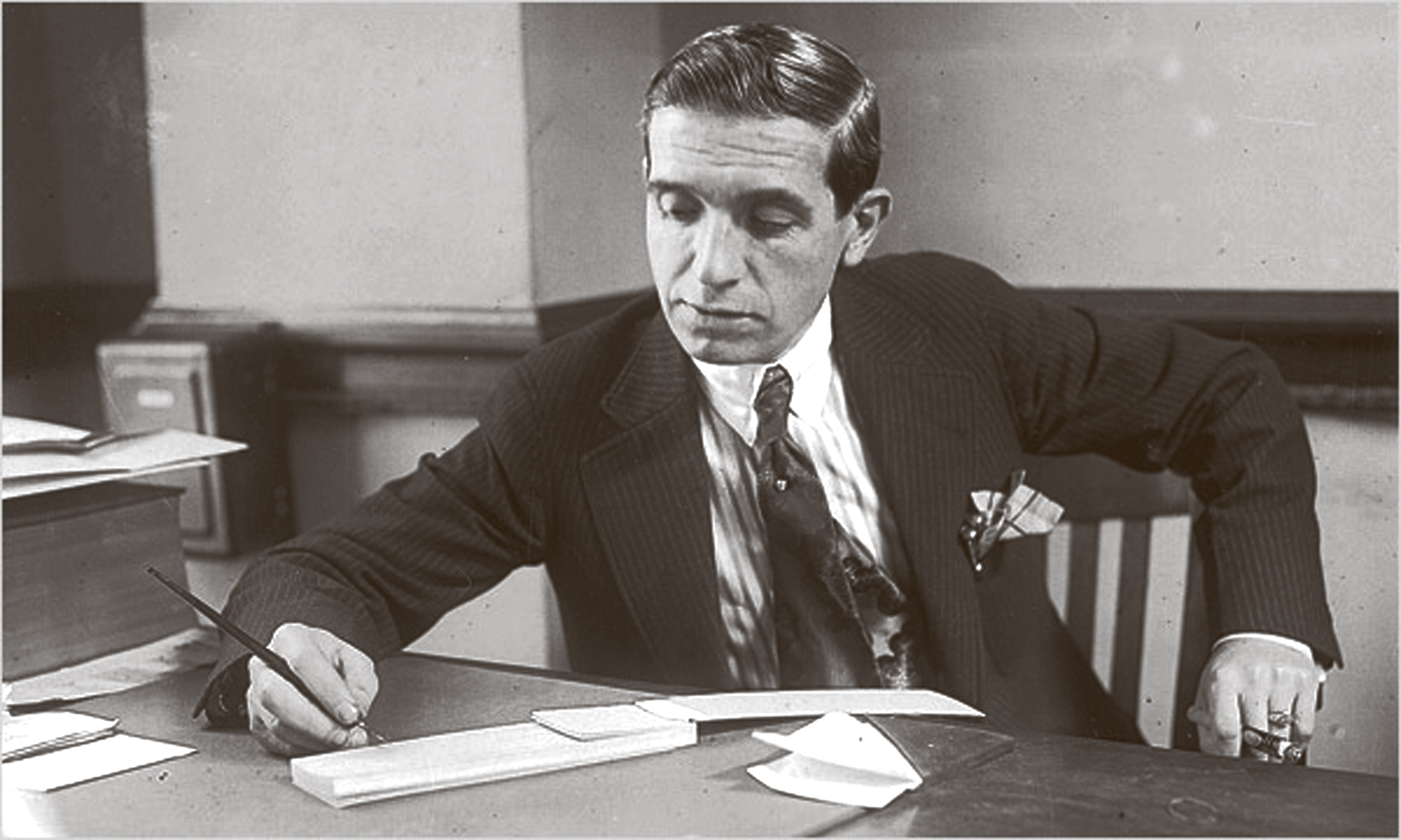Charlatons. A historical profession

Aldorbões have always existed. Regardless of believing in the optimism or pessimism of human nature, it is reality. In Holy Scripture or today, passing through the Enlightenment, the charlatans were a constant to the long of time, but what was once a restricted and obscure profession now, due to the new technological and globalized world, was massified.
In this (not so) new world we live in, in which the technological revolution allows immediate access to information in virtually every corner of the globe, the population’s exposure to charlatans has never been superior. With this, the feeling that the comprehensive dissemination of untruths, facilitated by the so -called virtual public squares that today shape a much of public opinion, is a fruit that is born from the tree of globalization. And it seems undeniable to see the increase in all kinds of scams that want to circumvent the most naive individuals. Given the sophistication of maladds, even the most enlightened of mortals is not exempt from falling into the trap. Of phishing to the circumvents through the MB Waypassing the « Hello Father/Hello Mother », the profession of con artist managed the massification.
But more than a conjuncture phenomenon, charlatans are a historical reality, one of the forms, as Thomas Hobbes wrote, “from all of all against all” inherent in human nature, or, according to Jean-Jacques Rousseau’s anthropological optimism, a result of naturally good man’s corruption by society. Even so, impostors are not children of modernity either. In Ancient Greece – through comedy and philosophy itself – and even in the Bible there are numerous references to intrudes. So let’s talk about the most famous charlatans from antiquity to modern times.
The Temple Vandilions
“It was close to the Jewish Passion and Jesus went up to Jerusalem. In the temple, he found the vendors of oxen, sheep and doves and the money chambers who were sitting there. He then made a whip of ropes and expelled all from the temple, along with the sheep and oxen; spread the coins and knocked the tables of the money changers. You do not make my father’s house a house of commerce! ”” Reads in the gospel of John 2, 13-25, and in the synoptic gospels Jesus Christ goes even further: « You have made it a ladder of thieves. »
“But why were animals sold in the temple?” Asks Father Paulo Ricardo, Brazilian priest. « Because they went to Jerusalem people from all over to offer sacrifices in the temple. Now, instead of traveling carrying a bull on the back, it was easier to put money in the bag and buy the victim in place. There was, however, a matter of profit, which made the situation much more delicate. »
With this passage from the Bible it is proven that the reference to the Aldubões, as well as the revulsion of Christ and of Christians to them, is not at all new at all.
The obscure in the age of lights
Traveling in time to modernity, more precisely until the eighteenth century, we find two of the most famous charlations that still eat narratives and theories of the imaginary today. They are the Count of Saint Germain and Count Alessandro de Cagliostro.
The first was an adventurer who deprived the high society in several geographies, but his identity is still wrapped in mystery today. “The other day they arrested a strange man, who gives the name of Count St. Germain. He has been here for two years and does not say who he is, or where he comes from (…) who does not use his correct name,” wrote in 1745 the English novelist Horace Walpole, after the detention of Saint Germain, suspected of being a foreign spy at a time when the British authorities tried, at all cost, to suppress, to suppress, to suppress, to suppress the rebellion Jacobita. It was reported that he was a highly cultivated individual, fluent in several languages and, above all, a great charlatan, since he guaranteed to have found the elixir of immortality, telling stories about great events in the past as if he had witnessed them in spot.
Also from cagliostro enjoyed good fame with the elites, especially in Parisian in the years before the French Revolution. And just like Count of Cagliostro, “began traveling through all the major European cities, selling elixires from youth and post-love and passing by alchemist, Viivinho, and miraculous healer. In 1785, his spiritist sessions became the furor of the fashion society in Paris”, says the Encyclopedia British. The Palermo -born charlatan was implied in the case of the Diamond Necklace – a plan to steal a necklace that was recipient Madame Du Barry, lover of King Louis XVI – and therefore nine months in the iconic Bastille. “In 1789 he was arrested in Rome after his wife reported him to the Inquisition as heretic, magician, caster and Freemason,” says the Britishand « was judged and sentenced to death, but his sentence was later reduced to life imprisonment in the Fortress of St. Leão, in the Apennines, where he died. »
Alessandro de Cagliostro also served as inspiration for a historical novel by Alexandre Dumas, entitled Balsamo, The Magician; Or, the memoirs of a physician.
Ponzi’s schemes
Sensibly a century after the death of the previous two charlatans in 1882, he is born in Lugo, Italy, Carlo Pietro Ponzi. Few do not recognize the name of the latter, automatically associating it with one of the most famous financial scam schemes in recent history that carries its nickname.
According to your autobiography The Rise of Mr. PonziCharles Ponzi, as he was known in America, where he emigrated, worked at an Italian bank in Montreal, Canada, was arrested 26 for allegedly counterfeit checks. Paulo M. Morais, in an analysis of the autobiography in question published on the website FINANCE DOCTORwrites that Ponzi guarantees that the complaint, made by a friend, was due to the combat between the two by the daughter of Louis Zarossi, owner of the bankrupt bank for which he worked.
“In St. Vincent’s Penitentiary,” writes Paulo Morais, “Ponzi felt that he will cease to be a citizen to being a prisoner number. But he was useful, accumulating scribe, ascending in internal hierarchies, until he reaches early forgiveness, attributed by good behavior. United.
But it was when he dedicated himself to the borrowing business that Charles Ponzi created a scheme that has already caused several world scandals, having been that of Bernie Madoff in 2008, one of the most evident and media. The Italian system was summarized, in the payment of large interest rates (50%) to investors within a few months, ensuring that the investment would be in “international mail coupons”, as says the Investor.gov website – A branch of US Securities and Exchange Commission. « Ponzi scheme organizers often promise high returns with little or no risk, » the American commission also warns, « instead they use new investors’ money to pay for previous investors and can steal some of the money to themselves. With few or no legitimate recipes, Ponzi schemes need a constant new money flow to survive. »
Many other charlatons have been deceiving crowds and elites over time, but these four cases show that, more than a « circumstantial profession », it is a historical « profession » that will hardly cease to exist.








